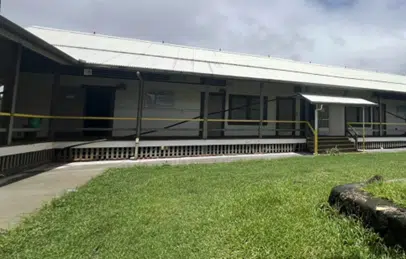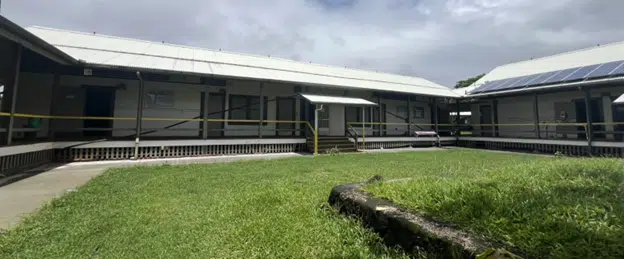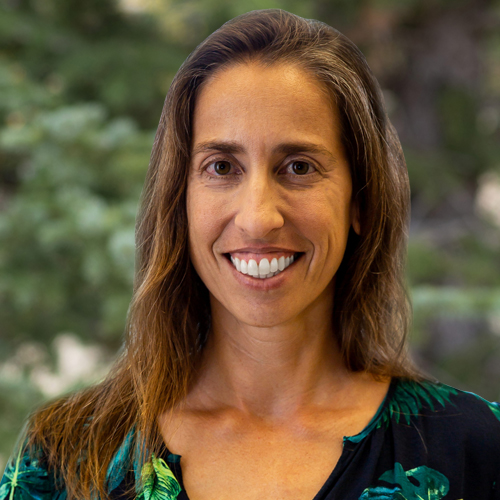Integral and the Hawaii Department of Education develop an efficient soil remediation strategy
By Silvia Gianetti Barber, Senior Consultant

OUR CHALLENGE
Spalling exterior paint contaminated the soil along a public school’s main building and courtyard with lead, preventing students and staff from using of this outdoor space for recess and gatherings. Lead and other contaminants, like older termiticides, are a common issue at many older buildings in Hawaii. These widespread contamination issues create unique challenges because public education agencies must handle large-scale cleanups with limited budgets. Integral set out to design easily implementable remedies that regulators could approve and schools could replicate cost-effectively across various sites.
OUR APPROACH
We developed a matrix of soil mitigation options that schools can adapt to various contamination scenarios that Integral identified during the site investigation phase. This matrix considers the chemical concentration levels and how much use the area receives by target receptors (children and school staff). We developed these soil mitigation options in consultation with, and approval by, regulators. We intentionally designed simple civil engineering projects that can be easily implemented while addressing both environmental needs, i.e., addressing contaminants, and facilities maintenance and improvements needs, such as addressing drainage or access issues. The matrix allows the Department of Education to select options that best meet each school’s needs, offering various restoration options including landscaping, gravel areas, or concrete hardscape.
OUR IMPACT
The regulator-approved matrix approach enables our client to expedite the design process whenever they plan to implement a remedy at a school, since the type of remedy does not require agency approval. This approach has generated considerable time and therefore cost savings. School staff now view our environmental remedies as additional opportunities for facility improvements. Many previously unusable areas affected by legacy contamination are being returned to safe use with grass, new walkaways, and beautiful ornamental landscaping.

Newly poured sidewalks and topsoil seeded with turf grass to revitalize this school’s main courtyard with a mix of excavation and capping of contaminated soil.

